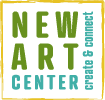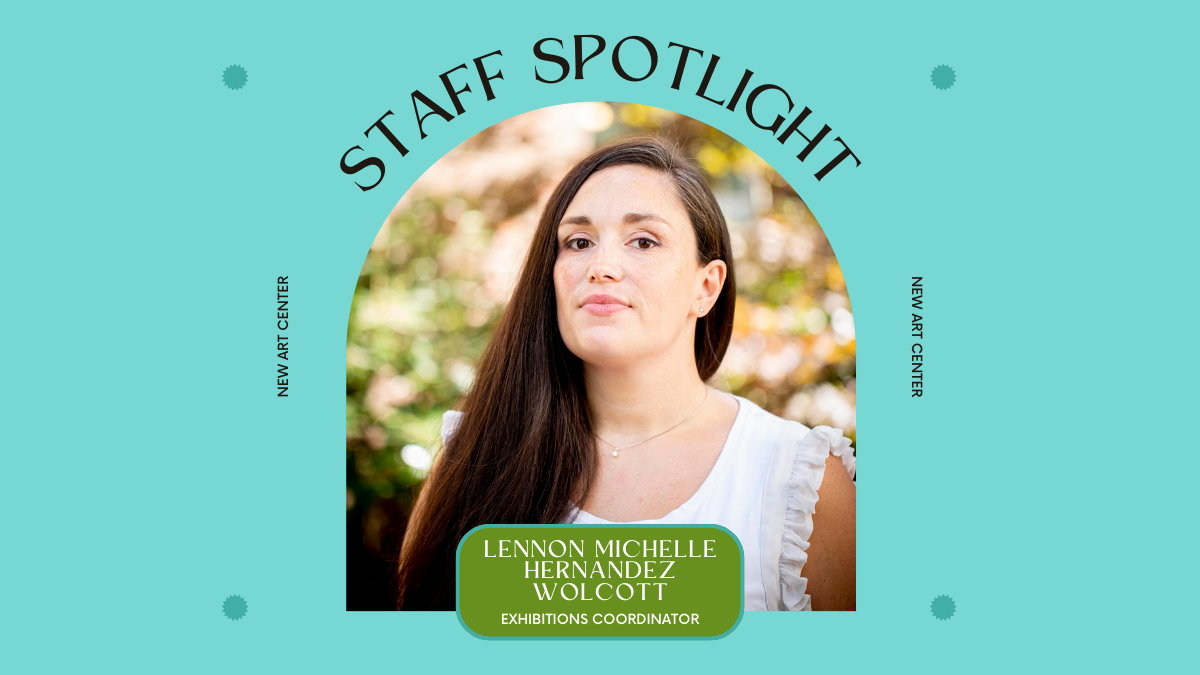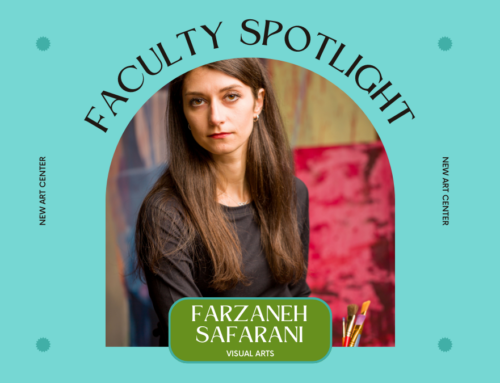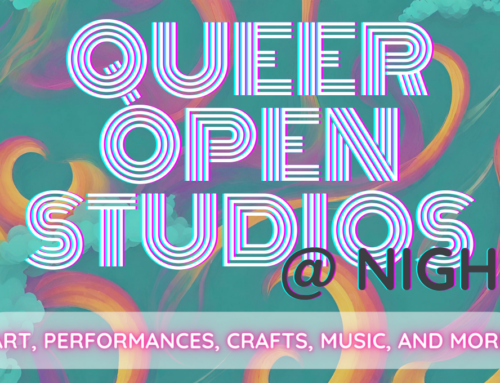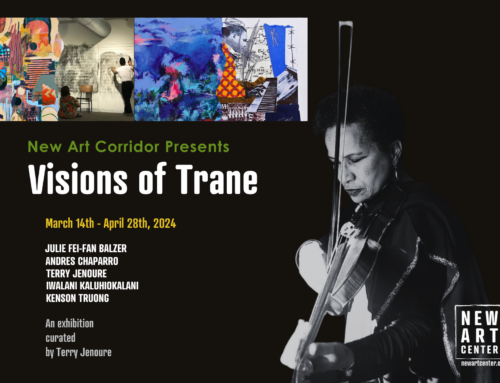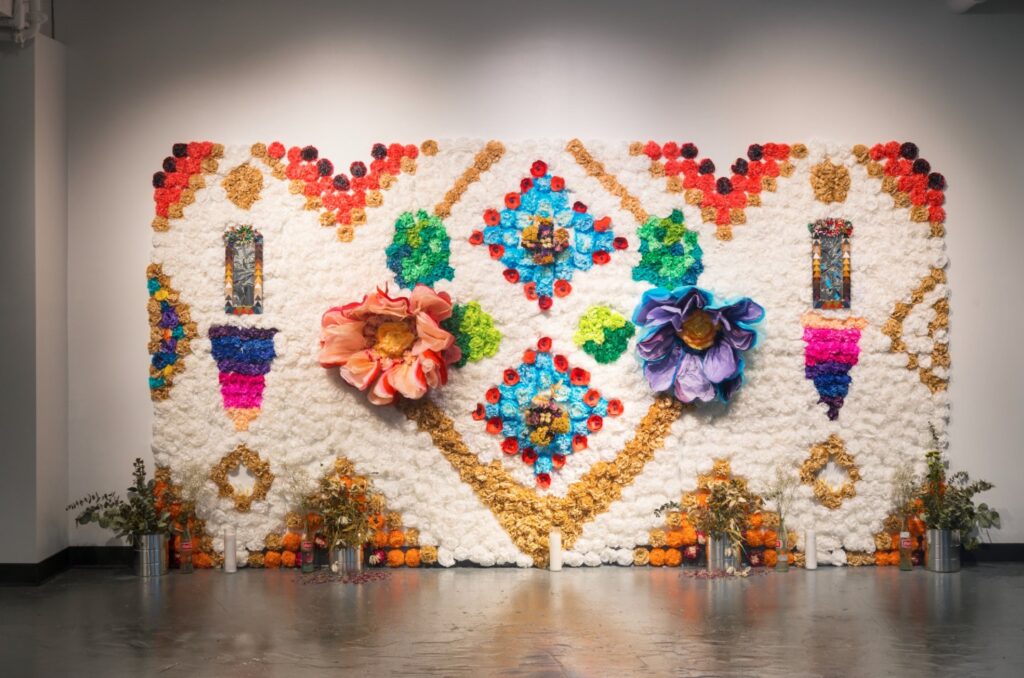
1. How did you get into your field?
I think things out through my hands. Drawing everywhere I go, I find materials and surfaces, to fill in and understand the moments of life. Going into graduate art education, I started with a post-baccalaureate certificate in studio art. This led me to think not just of making art, but what it means to be an artist in the world. How do we approach art as a job and as a skillset. In turn, I became interested in how I can support others from nontraditional backgrounds to gain the same skills.
2. Who or what were influences to your growth as an artist?
Being curious and not afraid to ask questions is vital as an artist. So, research has become the most important part of my practice. One of the greatest experiences of my graduate education was attending Kara Walker’s Radcliffe Institute for Advanced Study talk entitled Sweet Talk about the transition from her 2D work to a massive 3D sculptural installation. Ms. Walker shared her own educational history, early works, process, trial and error, and exploration through research, concept, and material.
3. What does facilitating access to art experiences mean to you?
Teaching at the Boys and Girls Club of Lansing, I became interested in what accessibility means within art. Taking the formal skills I had learned, and translating
them to nonprofit needs, I was able to synthesize sculptural, print, painting, and installation projects. I learned from creating structures to support creative thinking for kids were losing art education classes in schools, utilizing their own divergent thinking processes to create.
Arts education is important to help students hone their critical thinking skills, so that they will be able to ask their own questions and push themselves beyond an initial class. Showing students that there are pathways and accessible entry points within the arts that they may have not understood existed.
4. What is something you would tell someone considering going into the arts?
There is not just one way to make art or be an artist. An artist thrives when they can synthesize their passion for the work, with a career that will support it. Find your niche; Make connections that will help you lean into supporting your goals. your goals. Find, create, and nurture your relationship with your arts community, through friendships, partnerships, and collaboration. Art comes from oneself, becoming an artist comes through relationships.
5. Answer of your choice.
Born between bi cultural worlds on the fine line that I have had to walk my entire life, I am a Hernandez Wolcott who has spent as more time learning Japanese than Spanish, is from both family indigenous and immigrant, named after a Beatle, and comes from a family line that signed the Declaration of Independence. I, like my work, am assembled from symbol, meaning, and memory. Examining the colonized and colonial history within me, I create art to examine the path to decolonization through the rebuilding of community after a loss of culture, and recontextualizing craft and tradition through a contemporary fine art lens.
We’ll be highlighting staff and faculty artists through out the year. Lennon is the exhibitions coordinator and teaches workshops at the New Art Center. Her next workshop will be “You’ve Got Mail!” on Friday, March 8, at 6:30PM.
